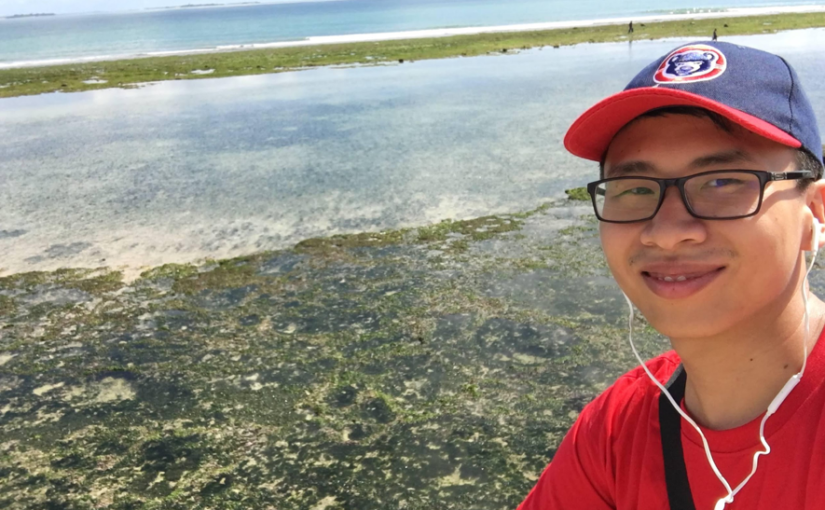by: Quang Ngoc Thang
“Your Tanzanian name is now Tanzanaiti. Your name in Vietnamese means gem, and ‘Tanzanaiti’ is a very beautiful gem that can only be found in Tanzania.”
In my first week here in Tanzania, an old man—whom I had just met—gave me a Tanzanian name. At that moment, my mind echoed what someone told me before I came here: “The wildlife, beautiful beaches, and landscapes are what attract visitors to come here. But it is the hospitality and friendliness of Tanzanian people that make them want to come back for more.”
I arrived in Tanzania on a mild Tuesday afternoon at the Julius Nyerere International Airport in Dar es Salaam. This is only the second foreign country I have been to besides the U.S. One year from the day I knew that I was going to study at the Keough School of Global Affairs at the University of Notre Dame, my study has taken me to two different continents: North America and Africa.
One of the core parts of my Master of Global Affairs program is the Integration Lab, where the students have a chance to actually use their knowledge from class to apply to real-world challenges. Working in a team of two to four students, we partner with organizations around the world and support their work. Luckily, my team was chosen to collaborate with the Program in Global Surgery and Social Change (PGSSC) at Harvard Medical School to support its work of promoting universal access to safe, affordable surgical and anesthesia care.
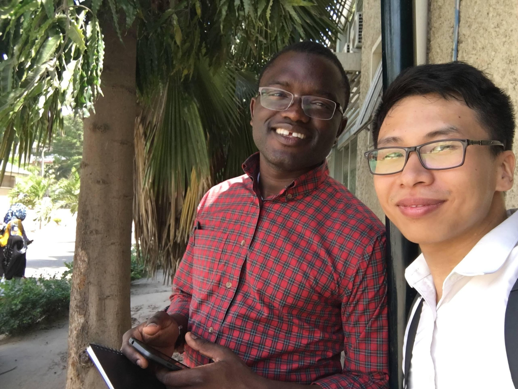
It is this partnership that has brought me to Tanzania—to learn how this country, as one of the world’s pioneers, developed its own National Surgical, Obstetric, and Anaesthesia Plan (NSOAP). At the same time, my other two teammates, Leah Walkowski and Sarah Davies Breen, are now working in Ethiopia and Sierra Leone on the same issue. We truly hope to contribute to the work that PGSSC has been doing to inspire more countries around the world to address access to surgical care.
After two weeks in Tanzania, I have fallen in love with this beautiful country. Understanding that the work I am doing is going to improve the surgical system in Tanzania, and help all the lovely Tanzanians I have met, I am really glad that I can contribute something meaningful to this country.
Now, let me tell you: How did I fall in love with Tanzania?
NATURE
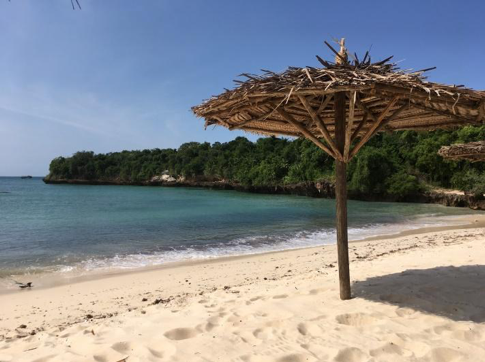
Nature tends to attract people to Tanzania. The wildlife in Serengeti National Park, Mount Kilimanjaro (Roof of Tanzania), and the beaches are the top three attractions. I have not yet had a chance to experience the first two, but I can definitely tell you that the beaches in Tanzania are the most beautiful I have ever seen. Let me show you the pictures and you can see for yourself.
FOOD
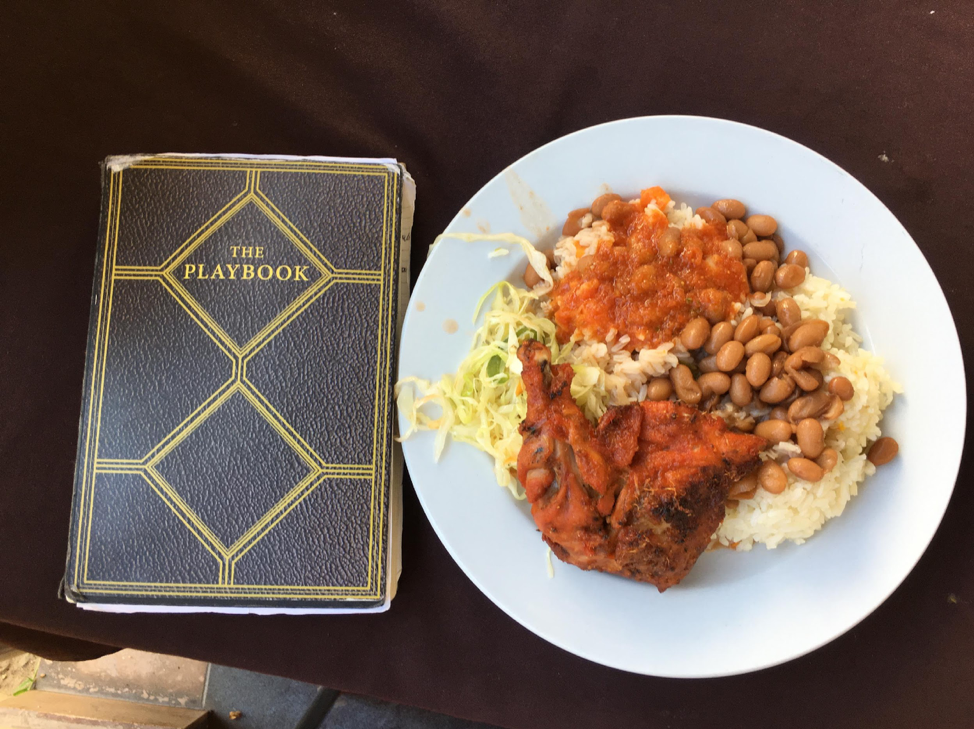
Tanzanian food, like the food of many other East African countries, is influenced by Indian culture. However, the mixture of cultures creates the uniqueness of the food here. In Dar es Salaam, you can easily see the signature of the sea in the meal. Ugali (maize porridge) with samaki (fish) is a must-try dish when you are in Dar. Usually, what I have every day is pilau (rice cooked with coconut milk), beans, and maybe kuku (chicken). You can fill your empty stomach for a bit more than $1. If you eat seafood, even in a fancy restaurant, it will only cost you $10. Sound tempting?
CULTURE
Dar es Salaam in Swahili means, “haven of peace.” Most of my time in Tanzania is in Dar, and all of the small things here have given me a glimpse of Tanzanian culture which are enough to make me fall in love.
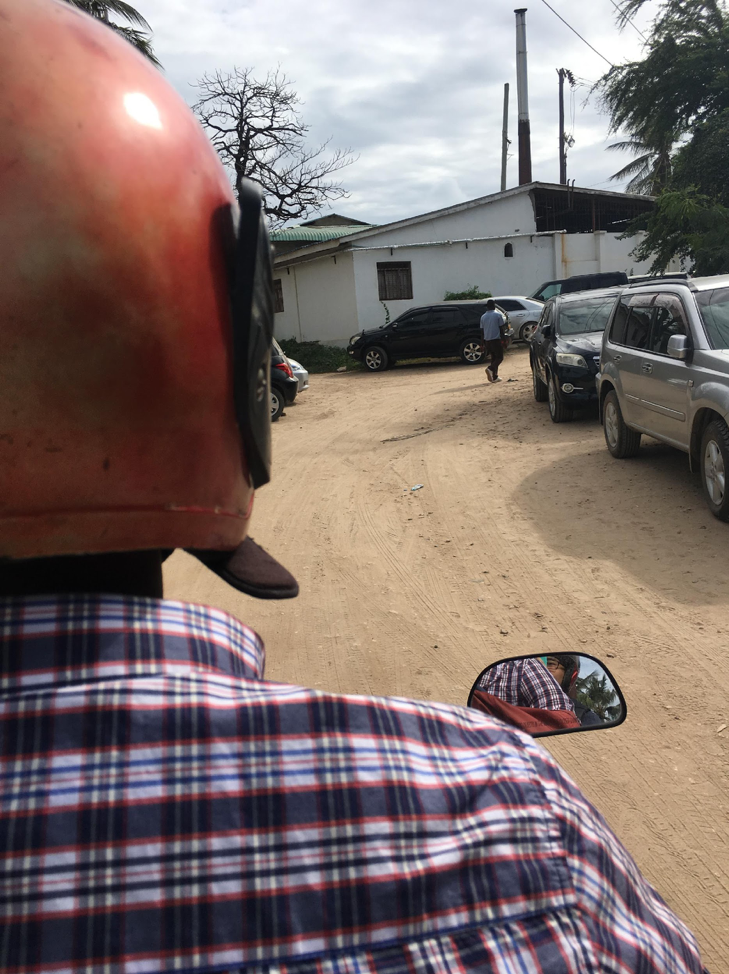
The main transportation in Dar is cars, but this is not the best way to travel. Find yourself a bajai (motorbike with a roof); it is an easier way to avoid traffic jams in this city. However, the best way is to find a bodaboda (motorbike). Using a bodaboda, you will never have to worry about the jam, and most of all, they are the experts in the area. Sometimes you will find yourself on a no-name road, which is actually the shortcut to your destination.
PEOPLE
All in all, it is the people that made me immediately fall in love with this country. Tanzanians are friendly and kind. You can feel their warm hospitality in every conversation. People say “hi” to each other whenever they meet on the street, even to strangers. There are many ways to say “hi” in Swahili. A foreigner usually learns the normal way in a guidebook which is, “habari.” Have you ever heard about “mambo”? This is the street way to say “hello” that I learned from my friend Rajo, shown here.
Tanzania also surprises me with all the amazing people that I randomly meet everywhere. Remember the man who gave me my Tanzanian name? His name is Banto (people call him Picasso). He sells paintings in Dar during the weekend to finance his school of art for the poor children in his village in Msata (2-3 hours from Dar).
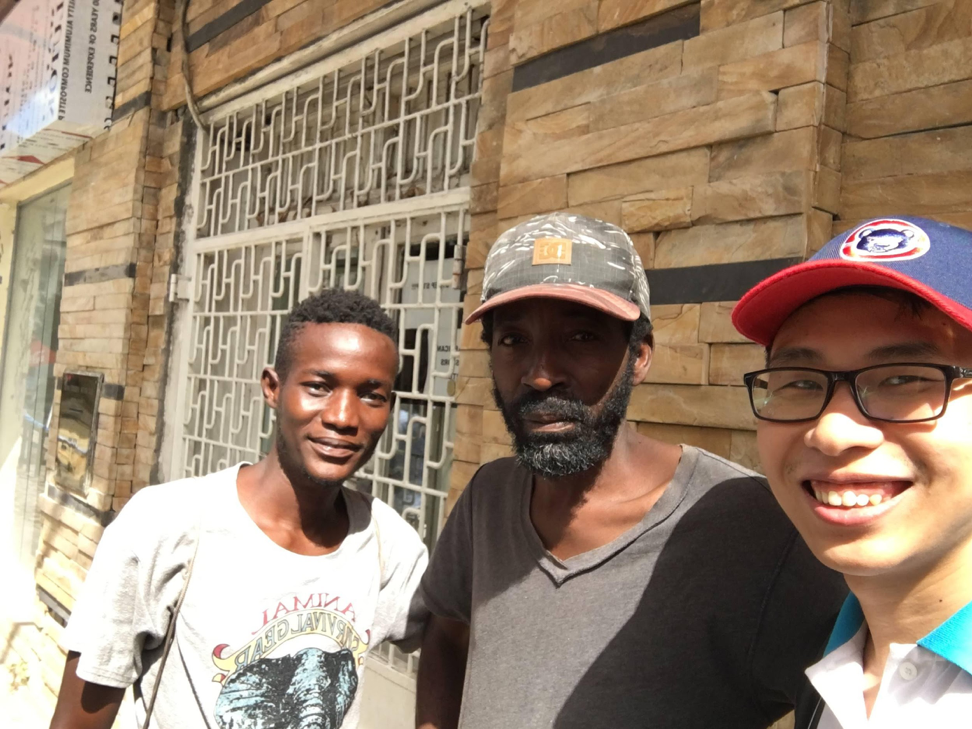
So if you ever find these two men on the street of Dar, please do not hesitate to buy a painting from them—you are supporting kids from a poor village to study art, and you may be helping more students like Kelvin to go to college.
There are so many amazing people that I have met in Dar, I cannot list all of them here. It could be Paschal, an entrepreneur who is opening his own company to develop a system that helps students to learn through SMS.
Or Jeremiah, the president of the student organization at the University of Dar es Salaam, the top university in East Africa. It would not be false if you call him a politician. He plans to run for Member of Parliament of Tanzania in 2020. He is also now establishing his own start-up.
It is just my second week in Tanzania, and I cannot imagine how many more amazing people I will meet in the next five weeks. How can I not fall in love with this place, right?

